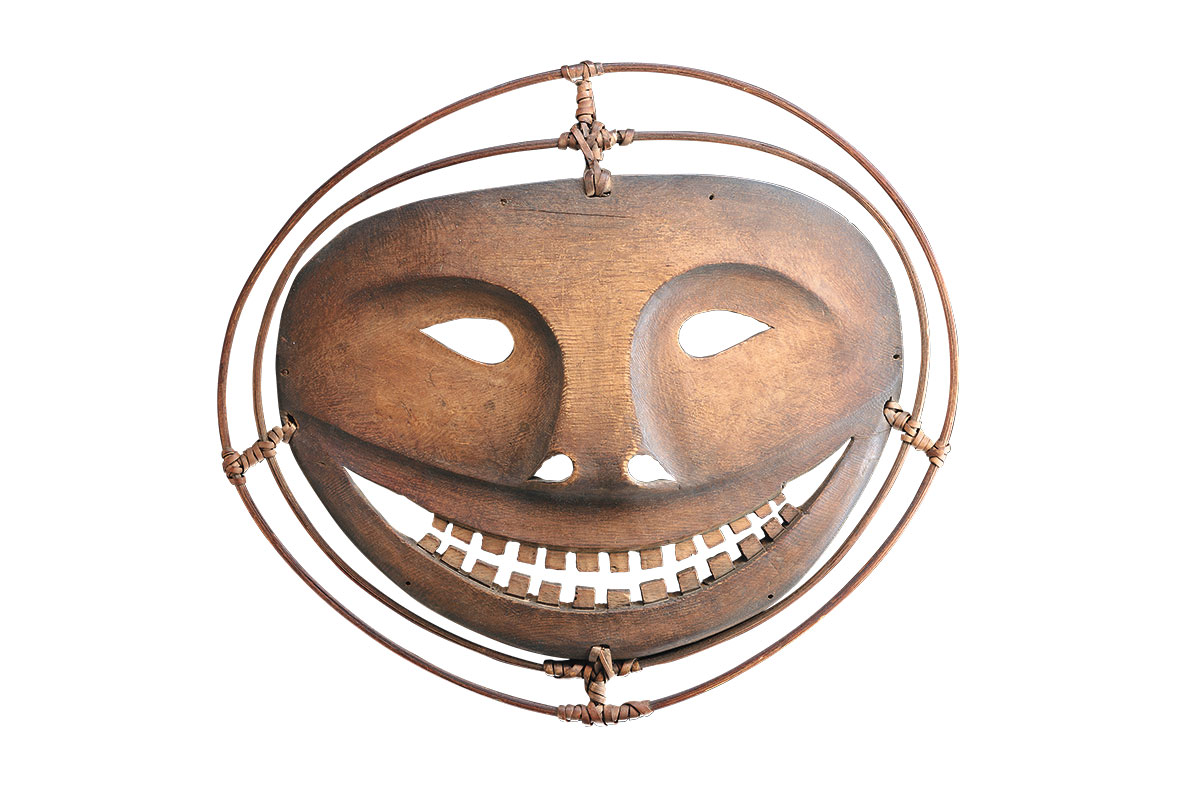Dance Mask
Southwest Alaska
late 19th century
wood, vegetal fibres
width: 13"
Inventory # CE4312-167
Please contact the gallery for more information.
Provenance
George and Rosemary Lois, New York, NY
Donald Ellis Gallery, New York, NY
Private collection, Toronto, ON
Published
Donald Ellis Gallery catalogue, Toronto, 2005, pg. 13
RELATED EXAMPLES
For the remaining Amikuk mask of a pair sold to the Heye Foundation in the early 1900's see:
National Museum of the American Indian, Cat. No. 9/3421 – See: Ann Fienup-Riordan, The Living Tradition of Yup’ik Masks, Seattle: University of Washington Press, 1996, pgs. 121
For a drawing of an Amikuk mask deaccessioned from the Heye Foundation in 1944, illustrated in the notebook of art historian Robert Lebel see:
Ibid, pg. 256 (The form of this mask is almost identical to that of the remaining mask in the Museum of the American Indian, with colours reversed top to bottom. The Amikuk mask recorded by Lebel is possibly this mask)
This finely carved mask bears a remarkable resemblance to a pair of masks collected by A. H. Twitchell on the Kuskokwim River in the early decades of the 20th century. Twitchell, who had established a fur trading and mercantile business in the Kuskokwim region, collected a small yet extraordinary group of Yup’ik masks. He referred to this type of mask as representing “Amekak […] a spirit that lives in the ground [and] comes out at times but leaves no hole in the ground. The man lies down and dies” (Fienup-Riordan 1996, pg. 120).
The similarities of style between the mask seen here and the pair collected by Twitchell are readily apparent. These include a thinly carved central face and delicately refined features such as tapered eye forms, a finely shaped nose and tear-shaped nostrils. These elegant features wonderfully combine in this classic example of the Yup’ik masking tradition.

